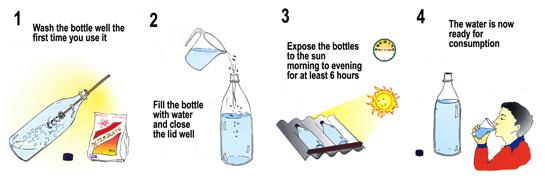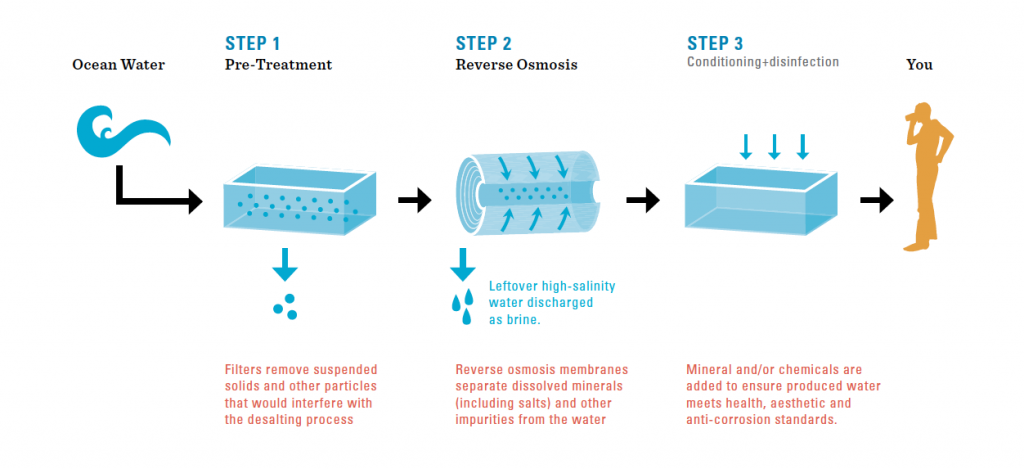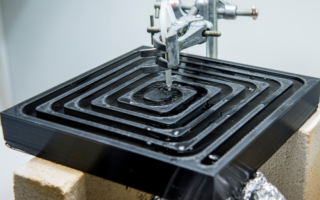3d printed filters for drinking water for Latin America, Africa
FOR BLOGGERS and PARTNERS.
Do you want to manage 3D Printing Industry between Latin America and Africa?
Contact us here, mayado@sylodium.com for be our blogger managing Industry 4.0 Latin America – Africa, so managing all the niches related you choose: Tanzania – Argentina 3D Printing, Nigeria 3D Printers, Africa – Brazil Augmenting Reality, African Industry 4.0 business etc,
Or be our collaborator in your African country?
if you are a good thinker, visionary, hard studious, you can become our blogger or our partner, contact us.
FOR COMPANIES AND INSTITUTIONS:
Tap our unique Crossing System. SYLODIUM: THE BUSINESS LANGUAGE.
New from 3DPrintingIndustry.com
3d printed maze developed as filter for drinking water
Solar powered water
The maze-like design of the device is created on the principle of solar water disinfection (SoDis). In SoDis, heat and ultraviolet light from the sun are harnessed to kill the harmful microbes living in contaminated liquid. Common PET bottles are often used for this purpose, but they do not offer people an effective long term solution.

The University of Bath’s device is designed for multiple uses potentially over an indefinite period of time. The plastic slab is exposed to the sun and heated to a temperature capable of killing bacteria. Water is then added, running through a channel of a specific length and depth that determines how well it is purified by the end.
A slab of 40 cm x 40 cm is estimated to be able to treat up to 35 litres of water per day, which is the same volume as an average sized backpack.
Scale prototypes of the device have been made with the help of Paul Shepherd in civil engineering, who provides material expertise, and Aurelie Charles of the social and policy sciences department who has previously worked in Malawi. Working with the device, Charles has created a system where water is transferred between buckets that can easily be attached to the side of a house. Excluding the cost of the buckets, the set up should cost no more than $6.40 to produce.
Not a drop to drink
In a world where around one fifth of the world’s population live in regions where water is scarce, there is a desperate need to find more clean-water solutions. With a specialized Water Innovation and Research Centre, the University of Bath has been selected for an international project addressing the challenges to the quality of drinking water in Mexico.
As a nation so close to the sea, one of the leading methods of introducing more clean water to Mexico is through a process of reverse osmosis.

At the Water Innovation and Research Centre researchers have 3D printed filters that remove salt from water. The approach has also been seconded by the Sonora Institute of Technology, whose research is supported by the Mexican National Science and Technology Council.
Artificial Intelligence - 21/02/2018
Artificial Intelligence - 07/02/2018
Artificial Intelligence - 15/12/2017
Artificial Intelligence - 27/11/2017

